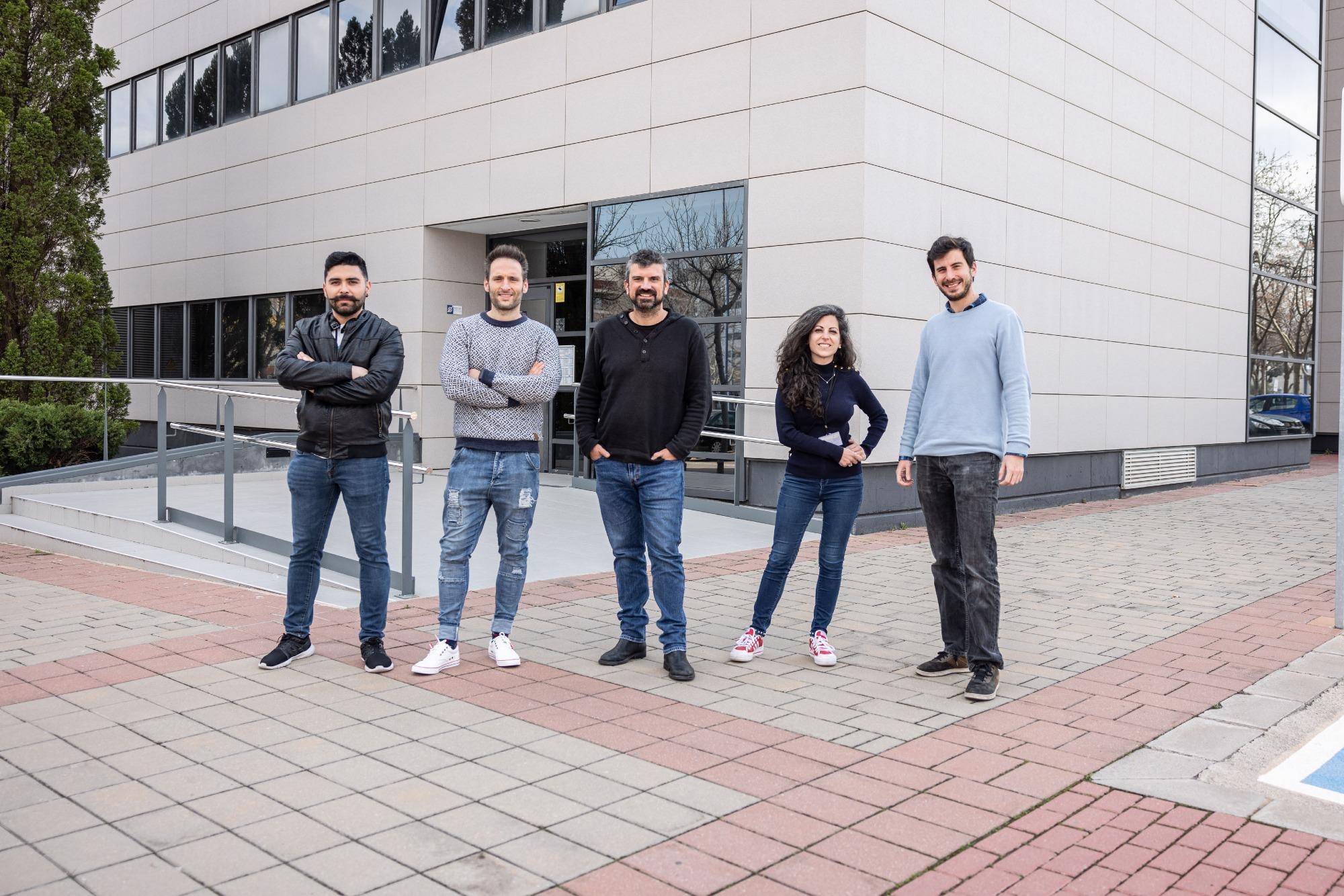Professor Iván Mora Seró of the Universitat Jaume I of Castelló’s Institute of Advanced Materials (INAM) led a research team that improved the efficiency and durability of tin perovskite solar cells.

Research team from the Universitat Jaume I of Castellón. Image Credit: Asociación RUVID.
The researchers used additives in the device preparation and were able to achieve 1,300 hours of operational stability, which is the highest known to date. The research was published in the journal Joule, which focuses on sustainable energy.
Tin-based halide perovskites have emerged as promising candidates for overcoming the toxicity issues related to lead-based perovskites, whose toxicity makes them unsuitable for technological applications. Derivatives of elements like bismuth, antimony, germanium, copper and tin, which are less harmful, are currently being investigated. Tin has an efficiency of more than 14%, but it has substantial stability issues.
This research is the first to use a combination of dipropylammonium iodide and sodium borohydride, two additives that have allowed researchers to create devices with photoconversion efficiencies (PCE) of more than 10%, which are more stable and have maintained 96% of their initial PCE after 1,300 hours under solar illumination in a nitrogen atmosphere.
To the best of their knowledge, this is the highest value for tin perovskite solar cells.
We have found that the control of halide chemistry is a key aspect in delineating the performance of tin-based perovskite solar cells and optoelectronic devices.
Iván Mora Seró Professor, Institute of Advanced Materials, Universitat Jaume I of Castelló
Halide perovskite semiconductors and devices are far from being competitive with silicon technologies (the most widely used in photovoltaics) in terms of operating stability.
Outcomes provide valuable information and indicate the direction that research should take to achieve more efficient additives that control halide chemistry and their entry into the photovoltaic technology market.
Iván Mora Seró Professor, Institute of Advanced Materials, Universitat Jaume I of Castelló
Iván Mora Seró was responsible for the research along with Dr Rafael S. Sánchez.
The study was developed by Jesús Sánchez-Díaz, Rafael S. Sánchez, Sofía Masi, Agustín O. Alvárez, Eva M. Barea and Iván Mora Seró from the Institute of Advanced Materials (INAM) of the Universitat Jaume I.
Marie Kreĉmarová, Vladimir S. Chirvony, Juan F. Sánchez-Royo, and Juan P. Martínez-Pastor from the Institute of Materials Science (UMDO) of the University of València (UV) were also part of the research and the latter also linked to Matinée, a unit associated with the CSIC (ICMM-ICMUV) of the UV; and Jesús Rodríguez-Romero from the Faculty of Chemistry of the National Autonomous University of Mexico in Coyoacán.
Journal Reference:
Sanchez-Diaz, J., et al. (2022) Tin perovskite solar cells with >1,300 h of operational stability in N2 through a synergistic chemical engineering approach. Joule. doi.org/10.1016/j.joule.2022.02.014.